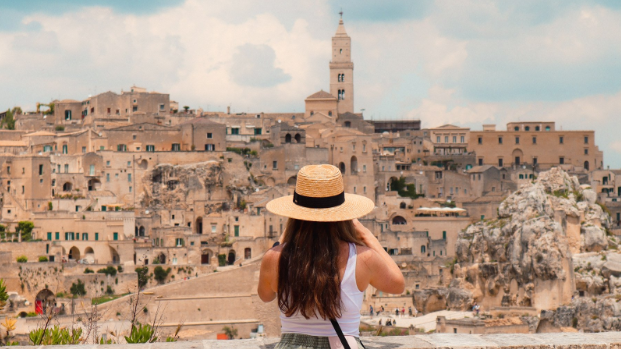Naples, one of Italy’s oldest and most vibrant cities, offers a unique blend of history, culture, and natural beauty that captivates travelers from around the world. Located on the stunning Bay of Naples and shadowed by the formidable Mount Vesuvius, this southern Italian city is a place where the past and present collide in the most fascinating ways.
From its rich culinary traditions and bustling streets to its archaeological treasures and breathtaking landscapes, Naples has something to offer every traveler. Here’s why you should make Naples your next travel destination.
A City Steeped in History
Naples is a city with a history that dates back more than 2,800 years. Founded by the Greeks in the 8th century BC, it became an important part of the Roman Empire and has since played a pivotal role in the history of Italy and Europe. This deep historical significance is evident throughout the city, where ancient ruins stand alongside medieval castles and Renaissance palaces.
One of the city’s most important historical sites is the Naples National Archaeological Museum, which houses one of the world’s most extensive collections of Greco-Roman artifacts. The museum’s highlights include treasures from Pompeii and Herculaneum, the ancient cities that were buried by the eruption of Mount Vesuvius in 79 AD. Here, you can see everything from intricate mosaics and frescoes to everyday objects that provide a glimpse into the lives of the ancient Romans.
The city itself is a living museum, with historic districts like the Centro Storico (Historic Center) offering a labyrinth of narrow streets lined with baroque churches, ancient catacombs, and centuries-old palazzos. The UNESCO-listed historic center is one of the largest in Europe and is home to over 400 churches, making it a must-visit for history enthusiasts and anyone interested in exploring the city’s rich cultural heritage.
The Birthplace of Pizza and Culinary Delights
Naples is synonymous with pizza, and for good reason. This is the city where the world’s most famous dish was born, and Neapolitan pizza remains the gold standard for pizza lovers everywhere. The traditional pizza margherita, made with simple yet flavorful ingredients like San Marzano tomatoes, mozzarella cheese, fresh basil, and a drizzle of olive oil, is a culinary masterpiece that has been perfected over centuries.
A visit to Naples wouldn’t be complete without indulging in a slice of authentic Neapolitan pizza from one of the city’s many renowned pizzerias. L’Antica Pizzeria da Michele, famous for its no-frills approach and long lines, serves what many consider to be the best pizza in the world. Meanwhile, Sorbillo offers a more modern take, with a wider variety of toppings and a lively atmosphere.
But Naples’ culinary scene goes far beyond pizza. The city is also known for its rich array of street food, including sfogliatella (a sweet, flaky pastry filled with ricotta), cuoppo (a paper cone filled with fried seafood), and frittatina (a fried pasta ball filled with béchamel and peas). For dessert, try the city’s famous babà, a rum-soaked sponge cake that is as decadent as it is delicious.
Naples is also the gateway to some of Italy’s finest wines, with vineyards in the surrounding Campania region producing excellent varieties like Aglianico, Falanghina, and Greco di Tufo. Whether you’re dining in a traditional trattoria or enjoying a glass of local wine at a seaside café, Naples offers a culinary experience that is both authentic and unforgettable.
A Gateway to World-Famous Archaeological Sites
Naples is ideally situated for exploring some of Italy’s most famous archaeological sites. The city is just a short drive or train ride away from Pompeii and Herculaneum, two ancient cities that were preserved in astonishing detail by the eruption of Mount Vesuvius.
Pompeii is perhaps the most famous of the two, offering visitors a chance to walk through an entire city frozen in time. As you explore the streets, homes, and public buildings, you’ll gain insight into the daily life of the Romans, from their social customs to their architectural innovations. Highlights include the Forum, the Amphitheater, and the beautifully preserved frescoes that adorn many of the city’s houses.
Herculaneum, while smaller than Pompeii, is equally impressive. The city was buried under a deeper layer of ash and mud, which preserved wooden structures, textiles, and even food items in remarkable condition. The site offers a more intimate look at Roman life, with well-preserved villas, bathhouses, and mosaics that provide a fascinating contrast to the grandeur of Pompeii.
In addition to these famous sites, Naples is also close to the lesser-known but equally fascinating Phlegraean Fields, a vast area of volcanic craters and ancient ruins. Here, you can explore the ancient city of Cumae, home to the legendary Cave of the Sibyl, and the Roman amphitheater of Pozzuoli, one of the largest in Italy.

